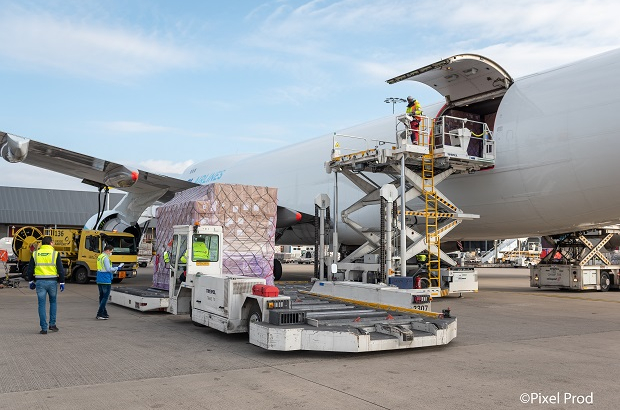- Daily & Weekly newsletters
- Buy & download The Bulletin
- Comment on our articles
Flying high: Liege Airport named best cargo airport in world following major Covid-19 response
When Belgium went into lockdown during Covid-19, Liege Airport went into overdrive, stepping up its 24/7 cutting-edge operations to supply the country and the rest of Europe with urgent medical equipment.
Its speciality in freight has resulted in the airport being named best cargo airport in the world. The Air Cargo News Awards announced the winner via videoconference from a ceremony in London with the Walloon airport beating Amsterdam Schiphol, Brussels Airport, Anchorage (US), and Hong Kong International Airport.
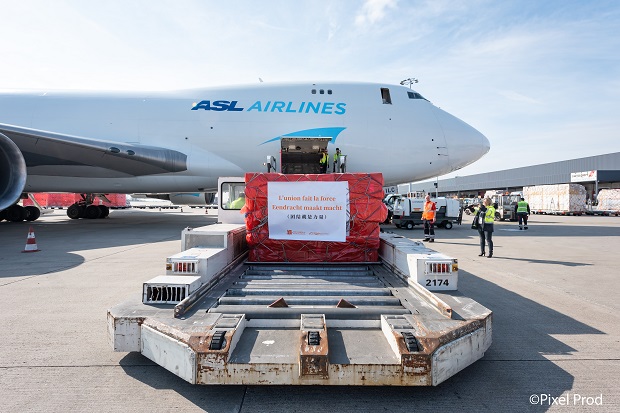
Since the start of the pandemic, more than one billion masks have passed through Liège after the World Food Programme designated Belgium's largest cargo airport the European distribution hub for critical coronavirus medical supplies.
Personal protection equipment for frontline services became the No 1 cargo for the airport, already specialised in the transport of animals, perishable goods and pharmaceutical products.
To get an insight into how it reacted to the urgent call, I’m on an airside visit of the site’s continually expanding facilities. Airport spokesperson Christian Delcourt whisks me through security and decked with a badge and high-vis jacket I step into a canary-yellow airport car.
He says the airport was already experienced to crisis situations, operating humanitarian responses to worldwide disasters. The airport’s Flexport service organises the emergency transport of people and aid for leading international NGOs.
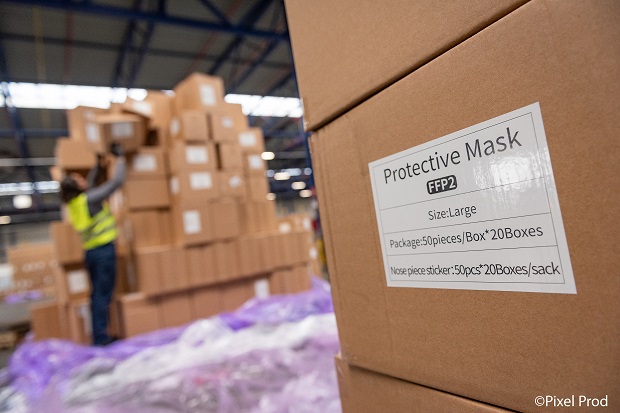
As we drive past the facilities of the airport’s biggest player Fedex/TNT, Delcourt remarks that that this is the airport’s quiet time. The nature of the freight industry means it comes alive at night, when the Dutch company’s long-range aircraft begin touching down from 23.00, along with other key companies such as ASL Airlines Belgium. Cargo is unloaded and redistributed in the massive sorting centre, ready for phase two of the nocturnal operation. Between 4.00-6.00, it’s dispatched, either onto smaller aircraft for flights to European destinations or redistributed by road, train or water to be delivered to homes and companies for the start of the business day.
For the once heavy industrial capital of Liège, the airport is a massive economic boost, creating 9,000 direct and indirect jobs with a further 7-8,000 predicted over the next 10 years. One reason why such a community spirit reigns across the site.
The former Bierset military airbase first saw action in 1914 when the invading German army installed an aerodrome, north-west of the city of Liège. It transited goods from Germany, and more than 100 years on, the site’s strategic geographical position lies at the heart of its success.
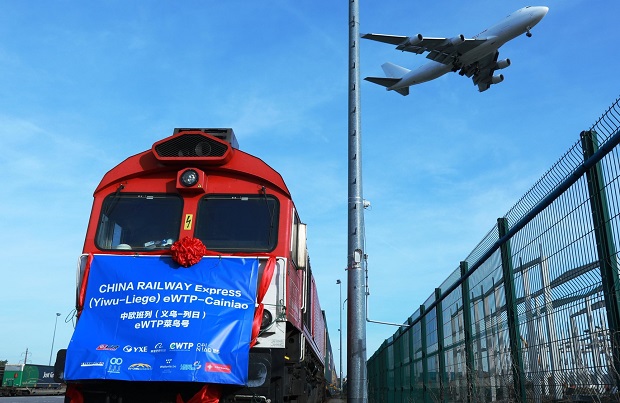
The airport is sited alongside the E42 motorway running through the heart of Wallonia and linking to northern Europe’s major autoroutes. Liège lies in the centre of the golden triangle of Amsterdam, Paris and Frankfurt that handles 66% of European freight. It also boasts a trimodal port and international railway connections that now extends to China.
The importance of the Far Eastern connection is evident as we drive past the airport’s gleaming passenger terminal – a secondary activity – where a large billboard welcomes visitors in French, English and Chinese. Beyond the terminal is a plot earmarked for business aviation. With Wallonia currently lacking a base for the private aviation sector, it’s a promising future activity.
Our tour takes us past isolated Boeing-747s of various vintage and livery. These are the workhorses of the global aviation cargo industry, now a rare sight for air travellers. Continuing along the field-edged interior perimeter, it’s possible to see why the ongoing availability of land has been key to the airport’s expansion. The extension to one of its two runways some years ago ensured safe landing for heavier aircraft, with proposals currently underway to lengthen the second one.
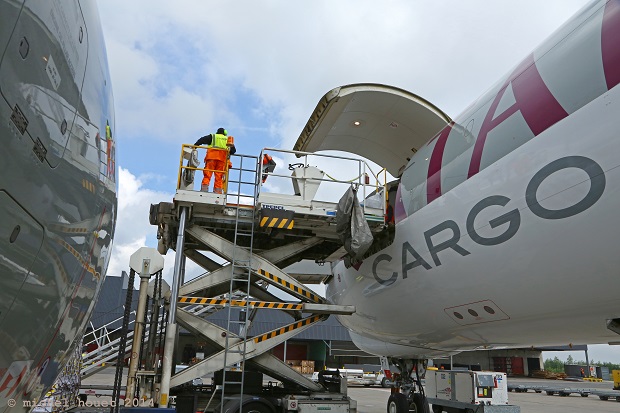
We arrive at the northern cargo area, where giant warehouses fitted with loading bays have transport loaders stacked in front and parked planes beyond. It’s having aircraft in close proximity to depots and office that is important for these cargo companies, including Liège Cargo Agency, Chinese shipper Sinotrans and Aviapartner. The final plot – currently a building site – is a future logistics hub for Alibaba, the Chinese retail giant. E-commerce is transforming the airport’s business, reports Delcourt.
On our return trip a Qatar Airways jet takes off, disappearing gradually down the runway before rising into the hazy sky. It’s a passenger aircraft requisitioned for cargo; one example of how the Covid-19 pandemic has kept the aviation industry on its toes.
With the car’s radio still squawking control tower chat, we abandon the airport vehicle. Earlier Delcourt muttered that aviation is “another world”. He’s right. The way this airport is not only surviving, but thriving during the current crisis, is just one episode in its fascinating history.
This article first appeared in the WaB magazine, autumn 2020









